Looking for what to see in theaters? Our feature, updated weekly, highlights our top recommendations for films currently in theaters, from new releases to restorations receiving a proper theatrical run.
While we already provide extensive monthly new-release recommendations and weekly streaming recommendations, as distributors’ roll-outs can vary, this is a one-stop list to share the essential films that may be on a screen near you.
Avatar: Fire and Ash (James Cameron)

With bittersweetness, Avatar: Fire and Ash closes a chapter on big filmmaking at a time when the maximalist spirit and cinematic frontiersmanship of James Cameron is in increasingly short supply. Few filmmakers have the dexterity to juggle a kitchen-sink approach with clear-eyed storytelling. Even fewer manage the level of care and precision he’s hellbent on preserving within the creative process along the way. Consider the volume of superhero blockbusters that have been churned out over the sixteen years Cameron has spent on Pandora. The diminishing returns of the former put the unparalleled quality control of the latter into stark focus. Despite claims of cultural irrelevance amidst droves of audience turnout, it’s undeniable that the director and his army of craftspeople have conjured skies, forests, and seas that people want to luxuriate in. With his far-off world now fully realized, Fire and Ash allows the veteran showman to really get his hands dirty. – Conor O. (full review)
BLKNWS: Terms & Conditions (Kahlil Joseph)

Celebrating and condensing centuries of Black history that would take more than a few lifetimes for any scholar to thoroughly ascertain in totality, Kahlil Joseph’s BLKNWS: Terms & Conditions eschews dryly academy ethnographic study to deliver a kaleidoscopic, vigorous, engrossing journey. Utilizing Henry Louis Gates and Anthony Appiah’s W. E. B. Du Bois-inspired “Africana: The Encyclopedia of the African and African American Experience”––the latest edition of which is nearly 4,000 pages––as its foundation, with page numbers presented throughout its plethora of references, the viewing experience is less daunting than one imagines the filmmaking process surely must have proved. Converging and clashing seemingly thousands of pieces of media to thought-provoking effect, this is a directorial debut that’s overwhelming in its rapid pace while also acting as a generous invitation to further examine any one of its sprawling tendrils of past, present, and future Black history. – Jordan R. (full review)
Father Mother Sister Brother (Jim Jarmusch)
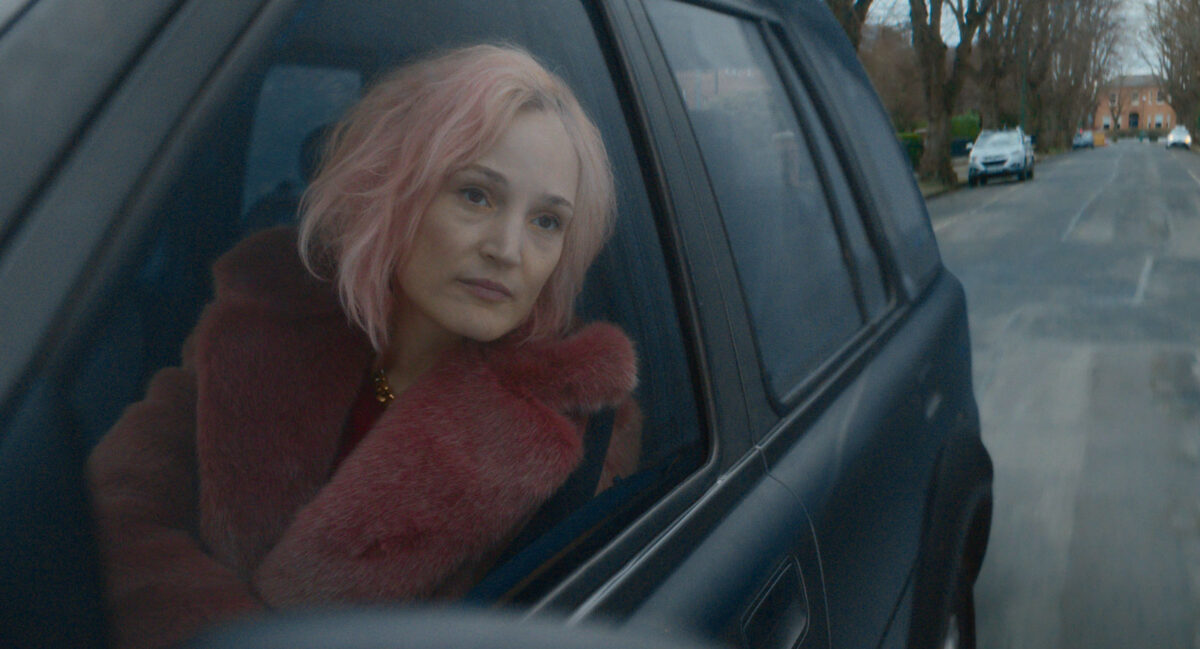
Father Mother Sister Brother offers three movies for the price of one. The first is set on a frosty lakeside in the home of a man (Tom Waits) who’s visited by another (Adam Driver). The second pulls up in a leafy Dublin suburb where Charlotte Rampling plays mother to Cate Blanchett and Vicky Krieps. It’s written and directed by Jim Jarmusch, perhaps the only director in the world who could arrange that constellation of stars and have them speak in small talk over cups of tea. That he’s still interested in doing so should not be undervalued. – Rory O. (full review)
Hamnet (Chloé Zhao)
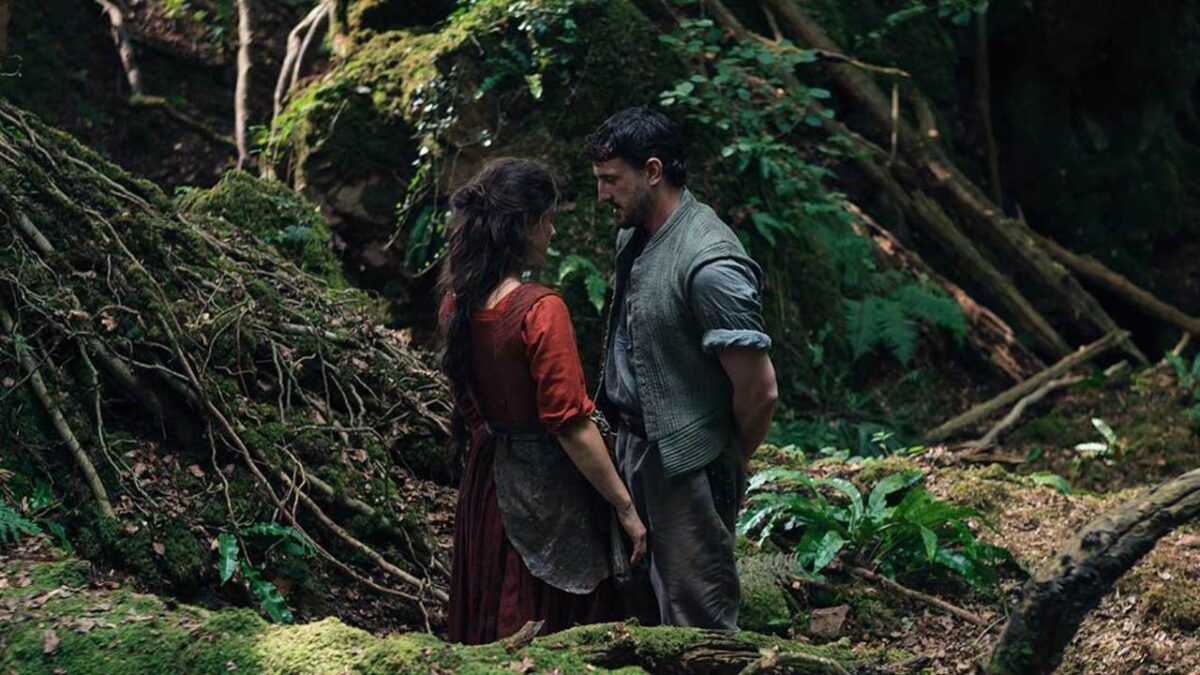
Hamnet is a great work of empathy and the best film Chloé Zhao has made by quite a wide margin. Adapted from the 2020 novel by Maggie O’Farrell, who returns here as co-writer, the film serves as a lovely reminder of why art is important, how watching something can make you feel, make you understand, make you consider. – Dan M. (full review)
It Was Just an Accident (Jafar Panahi)

If you were handed over the man who destroyed your life and those of countless others––a psychopath who tortured, raped, and murdered in the name of a tyrannical system––what would you do? Would you exact revenge or do the impossible––forgive and set him free? It Was Just an Accident, Jafar Panahi’s first film since his release from prison in Iran, hinges on that excruciating dilemma. The story is easy enough to summarize; its emotional wallop defies facile description. In an unexpected stroke of luck, four Iranians who did time for protesting the regime manage to abduct the guard responsible for the unspeakable atrocities they suffered behind bars. Having knocked him unconscious, they shove him in a van and travel around, wondering what to do. The whole journey spans less than a day. By the time it wraps, Accident feels like content under pressure. Panahi welds scorching social critique to a masterful command of form: a devastating cry for justice, his latest also serves as a superb thriller. It is a towering achievement. – Leonardo G. (full review)
Marty Supreme (Josh Safdie)
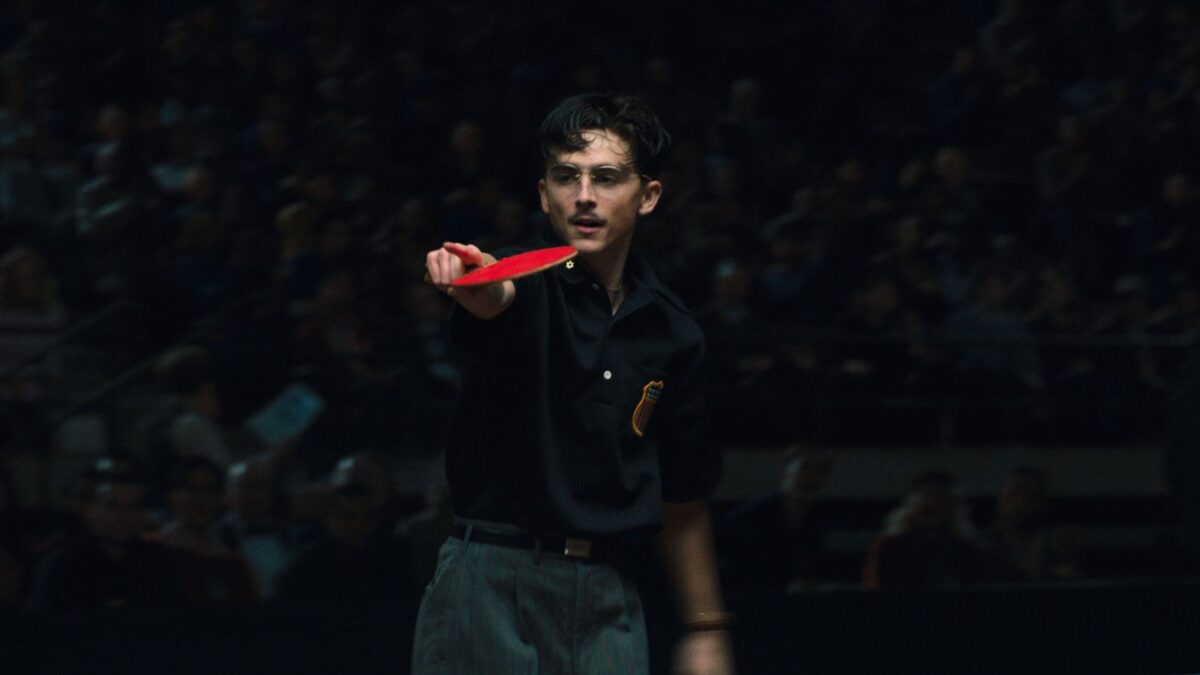
The opening credits of Marty Supreme features retro animation of a sperm fertilizing a giant egg; as Alphaville’s “Forever Young” blares over the soundtrack, the giant fertilized egg eventually transforms into a ping pong ball flying across the net of a table. The man hitting the ball, and the carrier of the victorious spermatozoon, is the early-twentysomething Marty Mauser (Timothée Chalamet), a self-assured table tennis player who dreams of becoming a world champion. Stuck selling shoes in his Lower East Side neighborhood, still living with his mother in an Orchard Street tenement building surrounded by obnoxious family and neighbors, Marty longs to escape an environment rife with parochial values and limited opportunities. The year is 1952: the devastation of World War II is in the rearview mirror, economic prosperity will soon be on the rise, and America has been swept up in a wave of national optimism. It’s the perfect time for a charming striver like Marty to make his mark with the tools at his disposal: a paddle and a ball, which, as the credits sequence suggests, is the source of life itself. – Vikram M. (full review)
No Other Choice (Park Chan-wook)

There’s no telling whether Park Chan-wook is a fan of the Sex Pistols. But during his latest film, No Other Choice, I found myself pondering the line John Lydon memorably uttered during the band’s disastrous final performance in 1978: “Ever get the feeling you’ve been cheated?” No Other Choice is 139 minutes centered on such a feeling––what it means to be cheated by employers, competitors, and artificial intelligence. It is also about what it takes to fight back––really fight back. – Christopher S. (full review)
Peter Hujar’s Day (Ira Sachs)
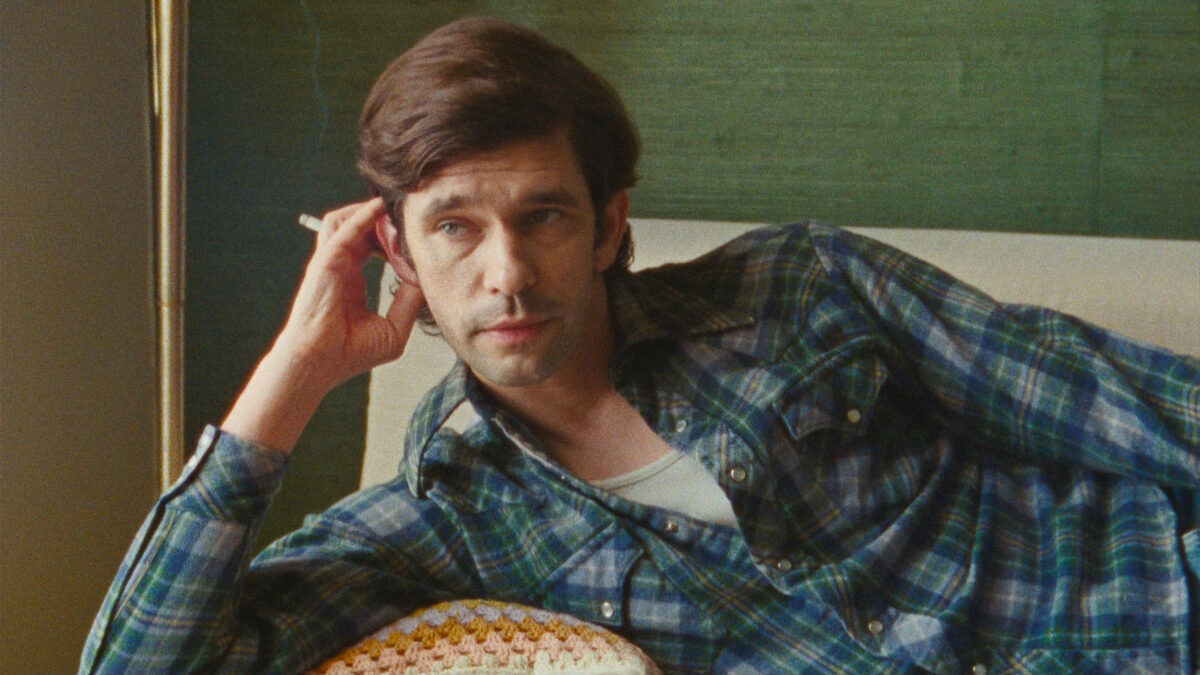
When I look at Peter Hujar’s portrait of poet Allen Ginsburg, taken on December 18, 1974, it’s strikingly nonchalant. Ginsberg is standing on the sidewalk, one hand in pocket and the other looped through the straps of a bag draped on his shoulder. He’s looking right down the barrel of the lens with an “okay, you’re taking my picture” expression on his face. Ginsberg is perhaps the most recognizable name to come out of the beat generation of poets but he looks like he could be anybody––he could be your buddy Carl. It was taken for the New York Times but certainly doesn’t have the gloss and sophistication of celebrity portraits we see in major publications today. The austere street beside him is on the Lower East Side, a neighborhood now flooded with tourists, boutiques, and banality. Just as Hujar’s photo is indicative of an era of artistic renaissance in New York City, so is Ira Sachs’ Peter Hujar’s Day. – Kent M. W. (full review)
Resurrection (Bi Gan)

Few filmmakers with just two features under their belt can amass the passionate, cinephilic following of Bi Gan. His blend of surrealist storytelling, ultra-realist aesthetics, and a trippy play with time transforms rural China into a place of hypnotic beauty. Seven years after Long Day’s Journey Into Night, the wait for his third feature is finally over. Premiering in competition at Cannes, Resurrection sees the writer-director venture onto new ground while also serving what fans have desired. Narratively and stylistically chameleonic, it’s a sci-fi-flavored, century-spanning cinematic collage and profound invitation to dream. Bi Hive, rejoice: this is Palme material. – Zhuo-Ning Su (full review)
The Secret Agent (Kleber Mendonça Filho)

When Armando (Wagner Moura) finally resolves to seek a fake passport and one-way ticket out of Brazil for himself and his young son, he asks his father-in-law to suggest a spot where he could meet a fixer. The old man recommends a room inside his place of work: a cinema. This choice (a movie theatre standing as the only safe refuge from death) is both hopelessly romantic and in keeping with the infectious cinephilia of Kleber Mendonça Filho, director of The Secret Agent, an unsettling and rousing thriller into which Armando staggers as a tragic hero. Anyone familiar with the Brazilian’s filmography will recognize these tributes as a recurring motif, but even neophytes will appreciate the affection he reserves for the movies––those who make them and the places that house them. A critic-turned-filmmaker, Mendonça Filho is the rare cineaste who can make his love palpable and contagious. When they don’t explicitly graft their touchstones onto present-day Brazil (as the rural siege western Bacurau did with the works of John Carpenter or Sam Peckinpah) his films often double as heartfelt paeans to theatres themselves. In his recent documentary Pictures of Ghosts, the Recife-born director trained his camera on venues scattered across his native turf (or what remained), asking us to contemplate the evangelical churches and rubble that replaced them. – Leonardo G. (full review)
Sentimental Value (Joachim Trier)

Over a delicately structured, Mike Mills-ian montage of Nora Berg’s (Renate Reinsve) personal heritage––30-odd years of an Oslo native’s existence relayed in a sparse collection of seminal moments, feelings, and thoughts, then layered into the lives and characteristics of those that preceded her––the wizened voice of a grandmother ushers us into Sentimental Value, Joachim Trier’s intergenerational drama about processing (if not healing) family trauma through art. – Luke H. (full review)
The Testament of Ann Lee (Mona Fastvold)
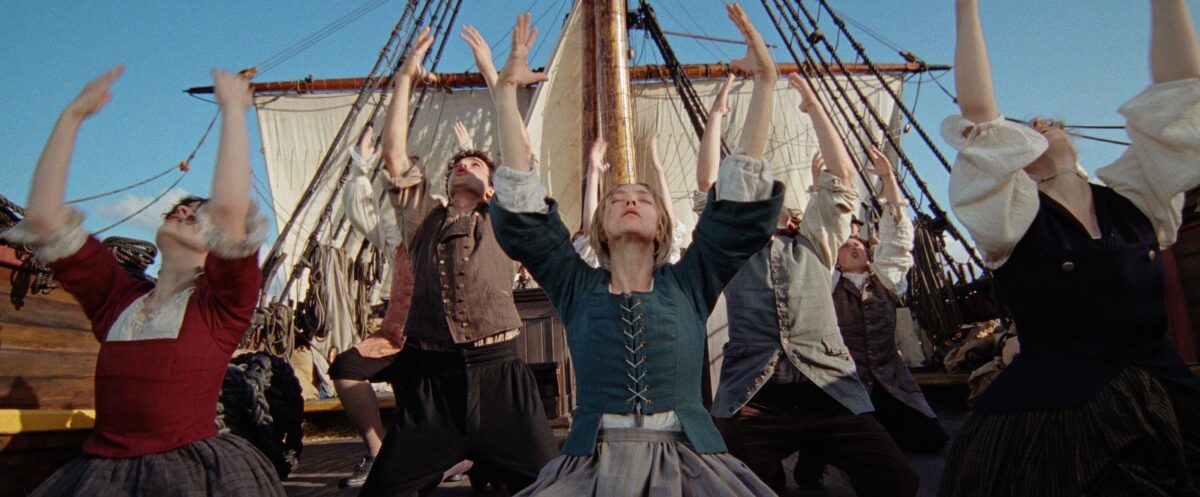
In The Testament of Ann Lee, Amanda Seyfried gives the finest performance of her career. The actress shakes, rattles, and moans through a selection of 18th-century hymns that have been updated by Daniel Blumberg, the composer who shouted out London’s Cafe Oto (another church of peculiar noises) after winning an unlikely and richly deserved Oscar for The Brutalist earlier this year. Directed by Mona Fastvold and co-written by her partner Brady Corbet, Testament feels so symbiotic to their previous movie that it’s not hard to picture Seyfried’s Lee––the real-life founder of the Shaker movement and a woman who believed herself to be the second coming––and Adrien Brody’s László Tóth existing in the same grainy, textured, 70mm frame (if a century or so apart). – Rory O. (full review)
More Films Now Playing in Theaters
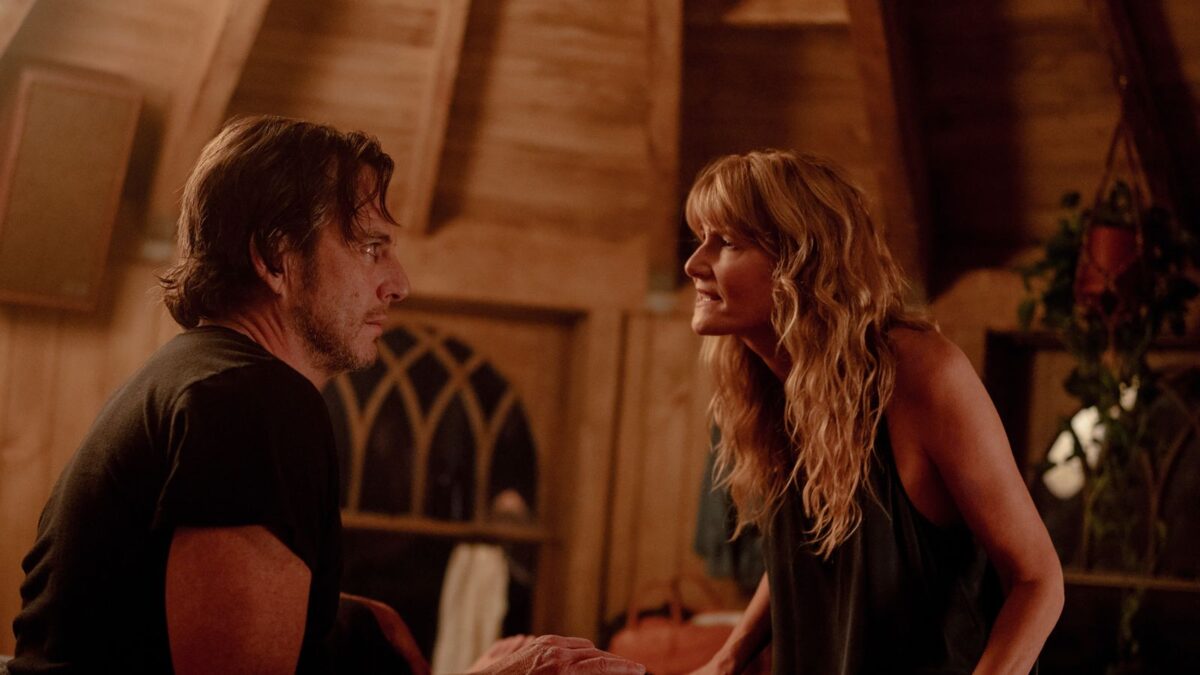
- Atropia
- Die My Love
- Ella McCay
- Eternity
- Is This Thing On?
- La Grazia
- Nuremberg
- The Plague
- Rental Family
- The Voice of Hind Rajab
Read all reviews here. For our NYC-specific repertory round-ups, including many films that will tour the country, bookmark NYC Weekend Watch.
